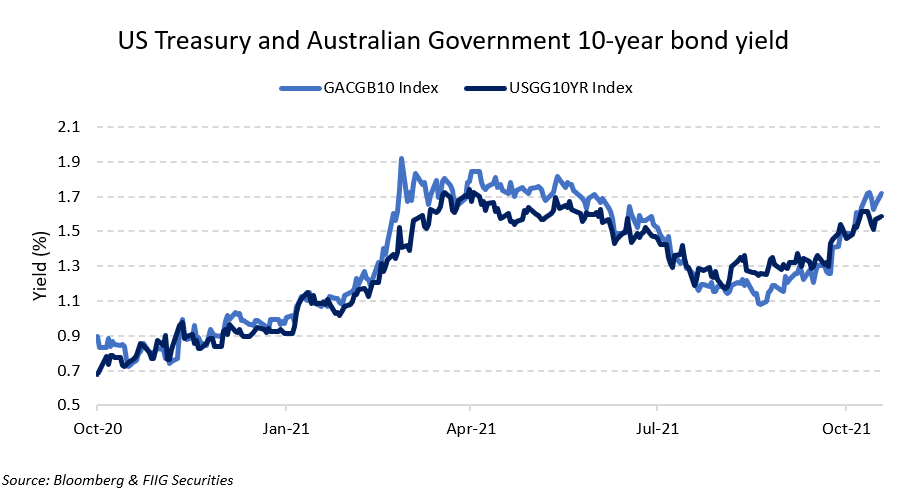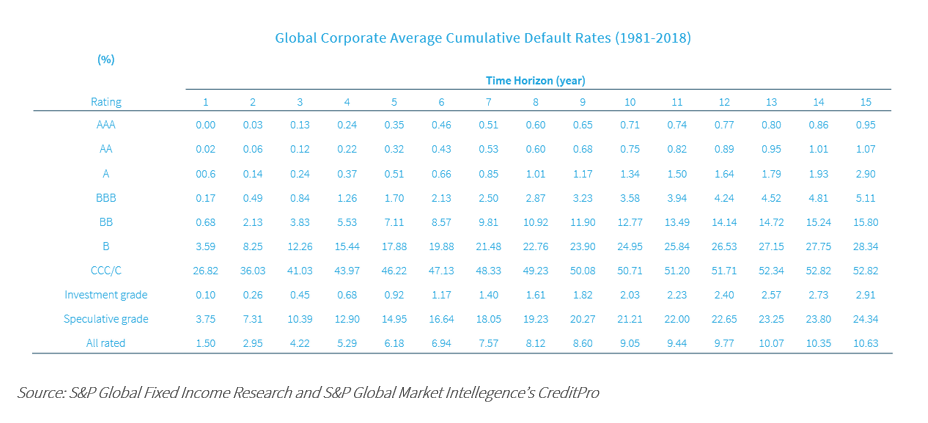Each year FIIG client portfolios receive a formal Risk Review, in addition to any carried out throughout the year. With the annual portfolio review process coinciding with the new year, it’s timely to discuss the importance of conducting a regular review and the many benefits that come with it.
Background
To ensure a portfolio still meets its investment objectives, it’s important the portfolio construction is regularly reviewed. Over any given period, market conditions change and so too does an individual investor’s circumstances. As such a portfolio needs to adjust to reflect this.
FIIG’s Investment Strategy Team conduct a yearly Portfolio Risk Review for all FIIG clients with portfolios holding above $150,000, inclusive, across a minimum of five bonds. This is in addition to portfolio reviews carried out by the Relationship Manager across the year.
Our Portfolio Risk Review measures key factors that can impact the performance and risk of a portfolio, including the level of diversification, currency risk, sector exposure, credit risk and duration. FIIG is licenced to provide general financial advice only and as such our reviews do not take into consideration individual circumstances or risk profile.
We further discuss the benefits of these portfolio reviews below, such as adjusting for market moves and outlook, improving portfolio returns and managing risk and portfolio volatility.
Aligning with market moves and outlook
The Portfolio Risk Review is conducted at the beginning of each year to ensure it is timely and relevant for the upcoming year. A portfolio constructed the year prior would have faced different market conditions and a changed outlook compared to this year.
There can be missed opportunities, underperformance, and elevated risk if a fixed income portfolio isn’t constructed to reflect the change in macro themes and outlook.
In January 2021, the 3-month Bank Bill Swap Rate (BBSW) was stuck at 0.01%, due to the Reserve Bank of Australia’s (RBA) yield curve control policy (YCC) and market expectations a hike in the official cash rate was still some time off.
However, with the YCC policy scrapped in late 2021, and market views the cash rate will begin to rise in 2023, 3-month BBSW is now at 0.068%. This updated outlook will impact fixed and floating rate note allocations in a portfolio, where the coupons on floating rate notes will benefit from an uplift in a rising interest rate environment.
The Portfolio Risk Reviews FIIG provide also include a measure of the portfolio’s duration. Duration is dependent on the portfolio’s maturity profile and refers to the sensitivity of the price in relation to a change in interest rates.
Longer dated bonds are more sensitive to interest rate movements, and hence carry more duration risk, compared to floating rate notes of the same tenor and shorter dated bonds. As such, diversification remains important and including shorter dated fixed coupon bonds and floating rate notes mitigates an unexpected rise in interest rates.
Bucking the sector trends, corporate issuance increased in size over 2021 compared to both 2019 and 2020, with $14bn issued. There was in particular a rush towards the backend of 2021 as corporate issuers raced to take advantage of market conditions and lock in funding ahead of any potential rate rises.
Market views on rate hikes have seen the 10-year Australian Commonwealth Government Bond (ACGB) yield move around in a rough up and down cycle over the past year, as the chart below shows.

While periods of higher yields create opportunities to add longer dated fixed investment grade bonds at more attractive entry points (remembering a change in interest rates and bond prices move in opposite directions), it’s important to review portfolios and identify overweight positions where valuations will be impacted.
Improving returns
Through reviewing portfolio construction, the overall return can be improved through adjusting individual positions and identifying opportunities.
In a ‘risk-on’ market, such as the steady economic recovery currently taking place, it’s worth considering the portfolio’s allocation to high yield bonds. Investment grade bonds are a core part of a portfolio, but where overweight, this will impact the portfolio’s ability to generate better returns.
Likewise, where allocations have rallied in price and yields have tightened, a portfolio review will identify opportunities to exit exposures and ‘lock-in’ capital gains, while finding suitable alternatives to switch into.
Actively managing bonds nearing maturity and call dates is another way to improve a portfolio’s returns. Where a bond is trading above its redemption price, noteholders can sell ahead of schedule and take profits.
The table below illustrates the improved return achieved by selling Qantas 2022 ahead of its May maturity and locking in the $5.00 capital gain, where it was trading in August 2021. In both instances it is assumed the bond was purchased at primary issuance for $100.

The internal rate of return (IRR) in Scenario 1 is higher at 8.22%, compared to Scenario 2 at 7.89%. By holding on to the bond for an extra 8-months, investors are not rewarded despite the high coupon, with a higher return achieved by actively selling ahead of the maturity date.
Managing risk
A regular portfolio review is a useful tool in identifying the level of risk (and type of risk) in a portfolio and adjusting the construct accordingly.
Currency risk is one such risk, but only impacts portfolios with a foreign exchange exposure. FIIG clients have access to bonds denominated in Euros, Pounds and US dollars, which can carry exchange rate risk.
A portfolio review can help identify where there is too large an exposure to foreign denominated bonds and hence carry a larger currency risk.
Another key risk is credit risk, which refers to the risk of default through the borrower failing to make coupon and capital repayments. One of the ways to assess credit risk is using a credit rating assigned by a rating agency (Moody’s/S&P/Fitch).

As the chart above shows, the historical probability of default decreases the higher the credit quality and the shorter the duration. For example, a AAA rated bond maturing in four years has a historical 0.24% rate of default compared to a B rated bond maturing in 10 years with a 24.95% incidence.
Unrated and sub-investment grade bonds are crucial in a portfolio to help achieve a higher level of income. It is the size of the exposure that is important, and a review of the portfolio’s mix of investment grade and sub-investment grade bonds can help ascertain the level of credit risk.
Sector exposures is another layer in determining the level of risk inherent in a portfolio. Sectors range from financials, infrastructure, consumer discretionary and resources to government, real estate and utilities, to name a few.
Within the segment, certain sectors are inherently riskier than others, and withstand economic cycles differently. Utilities and infrastructure are considered non-cyclical and more defensive sectors, whereas real estate and consumer discretionary are typically less resilient in downturns.
Conclusion
It’s beneficial to have a regular fixed income portfolio review, ensuring the portfolio is still fit-for-purpose. FIIG’s Investment Strategy Team conducts an annual review of client portfolios, in addition to portfolio reviews carried out throughout the year. This assists clients to better understand the construction of their portfolios to make more insightful investment decisions.